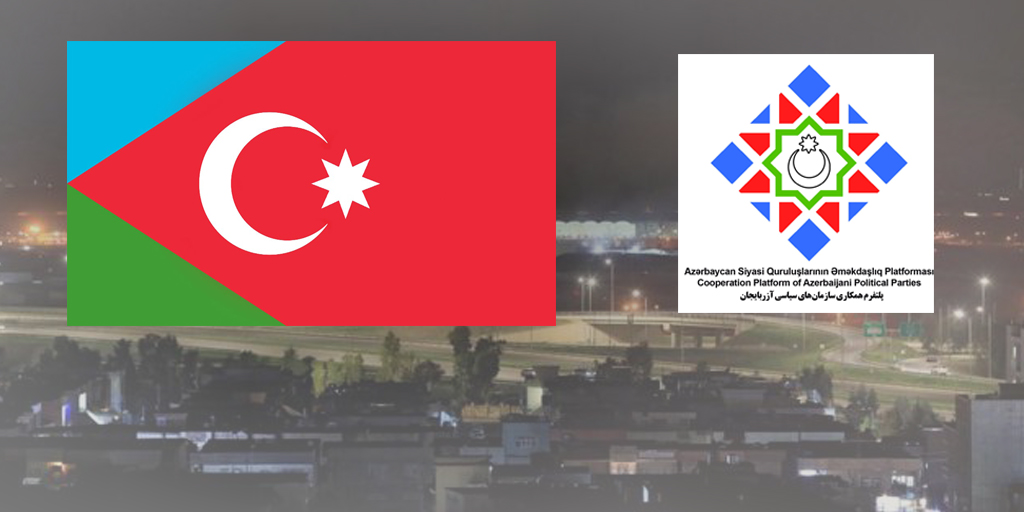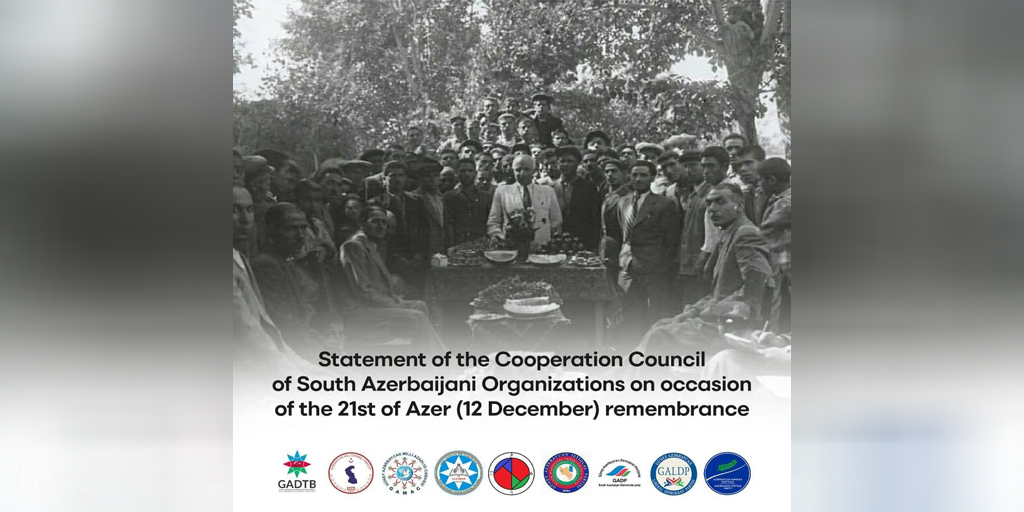Find Authentic, Spice-Infused Azerbaijani Cuisine in Brooklyn

Find Authentic, Spice-Infused Azerbaijani Cuisine in Brooklyn
| All photos Sara Ventiera for the Village Voice |
| Lyulya Kebab a la Baku ($18.90) |
Tucked up against the Caspian Sea between Armenia, Iran, Georgia, and Russia, Azerbaijan has a unique blend of cultural influences, each of which has left its mark on the food. Down in South Brooklyn, in the neighborhoods around Brighton Beach and Sheepshead Bay, there’s an Azerbaijani enclave, with a handful of restaurants specializing in the cuisine. Baku Palace (2001 Emmons Avenue, Brooklyn; 718-615-4700) is the best known.The sprawling, two-floor restaurant is widely known in the American Azeri community (it was recommended by the Embassy of the Republic of Azerbaijan in Washington, D.C.). With a terrace overlooking Sheepshead Bay and ornate dining rooms adorned with floor-length curtains complete with valances and linen-clothed tables, it’s not your average ethnic restaurant. It’s more of a catering hall and special-events specialist. Servers here are more likely to point you in the direction of the $32.90 sea bass glassage (baked in honey with vegetables, greens, and Japanese carrot sauce) than traditional sturgeon kebabs ($26.90) with pomegranate sauce.
That pomegranate sauce is a staple, says Feride Buyuran, author of Pomegranates & Saffron: A Culinary Journey to Azerbaijan. “We can’t eat fish without that sauce,” she adds. “It’s a classic. Pomegranates grow like apples in Azerbaijan.”
| Sturgeon shish kebab with pomegranate sauce |
The fruit is used commonly throughout the country and its cuisine; every fall there’s a pomegranate festival in the city of Goychay. Also, its proximity to the former Silk Road means numerous herbs and spices are used with abundance. Cilantro, dill, parsley, mint, green and purple basil, and green onions are common. Eggplant, tomato, spinach, olives, peppers, butternut squash, and cabbage are used. Similar to Lebanese or Turkish fare, the food in Azerbaijan is bright, colorful, and plentiful. Customary meals comprise large spreads of dishes. A balance of sweet and sour is typical, with sauces ranging from sour cherry to tart sour plum.Saffron and turmeric flavor the country’s national dish, plov, a rice pilaf served in a multitude of variations. A few different rice bases are made with either spice (depending on the region and how much money one has to dole out), which are topped with different stews and sauces. One version is made with meat cooked in fresh herbs. Another, parcha-dosheme plov, is made with a mix of sour plums, chestnuts, and chicken. Albaloo plov, with sour cherries, is an Azerbaijani riff on a Persian dish. Baku Palace does serve some forms of albaloo plov, but did not have any on hand on a recent visit.
| A half-portion of Baku Palace’s dushbara |
Influences of the Silk Road and neighboring fare are evident in a variety of dishes. Dushbara ($8.90), small dumplings filled with lamb, served in broth, came to Azerbaijan through Asia. The flavors change depending on the season, says Buyuran. In the summer, it’s topped with fresh cilantro; in winter, dried mint is used instead. That’s how it’s served at Baku Palace. The tortellini-sized dumplings are brightly flavored with the refreshing herb. “Dushbara is a classic throughout the country,” says Buyuran. “Its motherland is the capital, Baku. The dumplings are supposed to fit ten to twenty on a spoon. A lot of people don’t make them so small, because it’s so time-consuming.”Kebabs, popular through Central Asia and the Middle East in countries like Turkey and Iran, have also made their way into Azerbaijani cuisine. In addition to sturgeon (baliq), meat is common in preparations like the lyulya kebab ($18.90). Similar to renditions found in Turkey, this popular take is made with ground lamb wrapped around a skewer, barbecued, and served with lavash. At Baku, red onion salad seasoned with sumac, mayo-less cabbage cole slaw, peas, and a stewed-tomato sauce come on the side. “Kebabs come from the traders who were traveling,” says Buyuran. “It was the easiest thing to prepare — just a wood fire, meat, and skewers. It’s a romantic experience.”
 |
| Baku Palace’s meat qutub, sprinkled with sumac |
Cooked on a saj, a dome-shaped pan popular in southwest Asia, qutub is purely Azerbaijani. Thinly rolled dough, almost like a crêpe, is stuffed with several different fillings, such as butternut squash and cheese. Baku Palace offers two options, meat and green, the latter a blend of herbs and spinach.While food is important to Azerbaijanis, tea is an integral component to the culture. Imported from China through the Silk Road, the beverage took some time to catch on, but now it’s an important part of everyday life. It’s served diluted with water (a necessity with the large quantities consumed) along with a sugar cube or a side of preserves. “It’s common to take a mouthful of fruit in syrup and wash it down with tea,” says Buyuran. At Baku Palace, it’s served in customary form. “It’s a very big tea culture,” she says. “Everybody drinks it. If I stopped by, you’d offer me tea. The kettle is always on.”
Follow Sara Ventiera on Twitter, @saraventiera.
Reprinted from THE VILLAGE VOICE



















